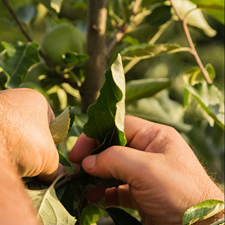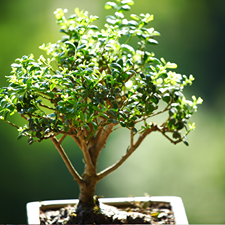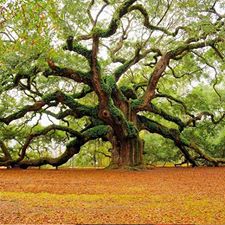To encourage huskier growth in vigorous vegetative trees, it is recommended to prune (or pinch) tender new branches in the summer. This helps discourage long and weak growth from flourishing. Summer pinching is beneficial because it helps manage the tree’s overall size as well, and this is especially useful if your dwarf fruit trees tend to be more on the robust side.
So when should you consider summer pruning? Ideally, you want to plan for this in July and early August, which is the active growing season. Growth begins to slow down in the fall and this also takes into consideration any instances where a harsh winter and spring may delay new growth. Some of the fruit trees that are commonly considered for summer pruning include: Nectarines, Japanese plum trees and peach trees. These fruit trees tend to grow vigorously because they put energy into lots of vegetative growth.
Why is it important to prune your fruit trees in the summer (main goal)?
- Creating a sturdy structure: This is important in your tree’s growth. Long and weak growth should be pinched back. You can hand pinch (or prune) about 3 inches off the end of each soft, leafy shoot. Also, you may repeat this process in late summer if side shoots grow out rapidly.
- Remove current problems: Summer pruning allows you to remove damaged, diseased or dead limbs before they become bigger stress factors for your tree. You may also want to consider removing crossing or rubbing limbs and limbs that grow inward toward the tree’s center.
Reap the benefits of pruning your fruit trees in the summer! Doing so will allow you to benefit from the following:
- Summer pruning encourages sturdier branch development: Your tree will grow stockier and sturdier through pruning. This is the best thing you can do so your tree can better support fruit in future seasons.
- Summer pruning provides opportunity to check on tree status: This mean that through pruning, you will be able to not only find pests and/or disease issues, but also address them before they become bigger problems. This also allows you to spread tree limbs if they are growing too vertically and provides an opportunity to remove any tree suckers/water-sprouts that may have appeared. (Keep in mind that you don’t need to wait to remove tree suckers, water-sprouts, dead, damaged or diseased limbs. These should be removed as soon as possible to eliminate any damage).
- Summer pruning enhances light exposure: Proper light exposure and air circulation is vital for your tree in order to reduce the risk of fungal disease. Also, light improves the development of fruiting wood in young fruit trees and improves the size and quality of the fruit in mature trees.
Things you want to avoid when summer pruning:
- Avoid heavy pruning in summer. Summer pruning should only be done to maintain the structure and the heavy pruning should be saved for when fruit trees are dormant and less prone to stress.
- Avoid pruning too late into the season. Pruning encourages growth, therefore, your tree might be at risk of winter injury if this growth is encouraged too late in the season. If you miss your opportunity to prune in summer, it is best to wait to prune in the winter/early spring instead.
- Avoid pruning when rain is in the forecast. This is simply because the moisture from the rain can stir up disease elements (such as fungal spores) that may take advantage of fresh pruning cuts.
Keeping these things in mind will allow you to prune your fruit trees successfully. You will have beautiful, healthy and fruitful trees, just wait and see! Please contact Trees of Carolina if you have any questions or if you are interested in any of professional tree services.
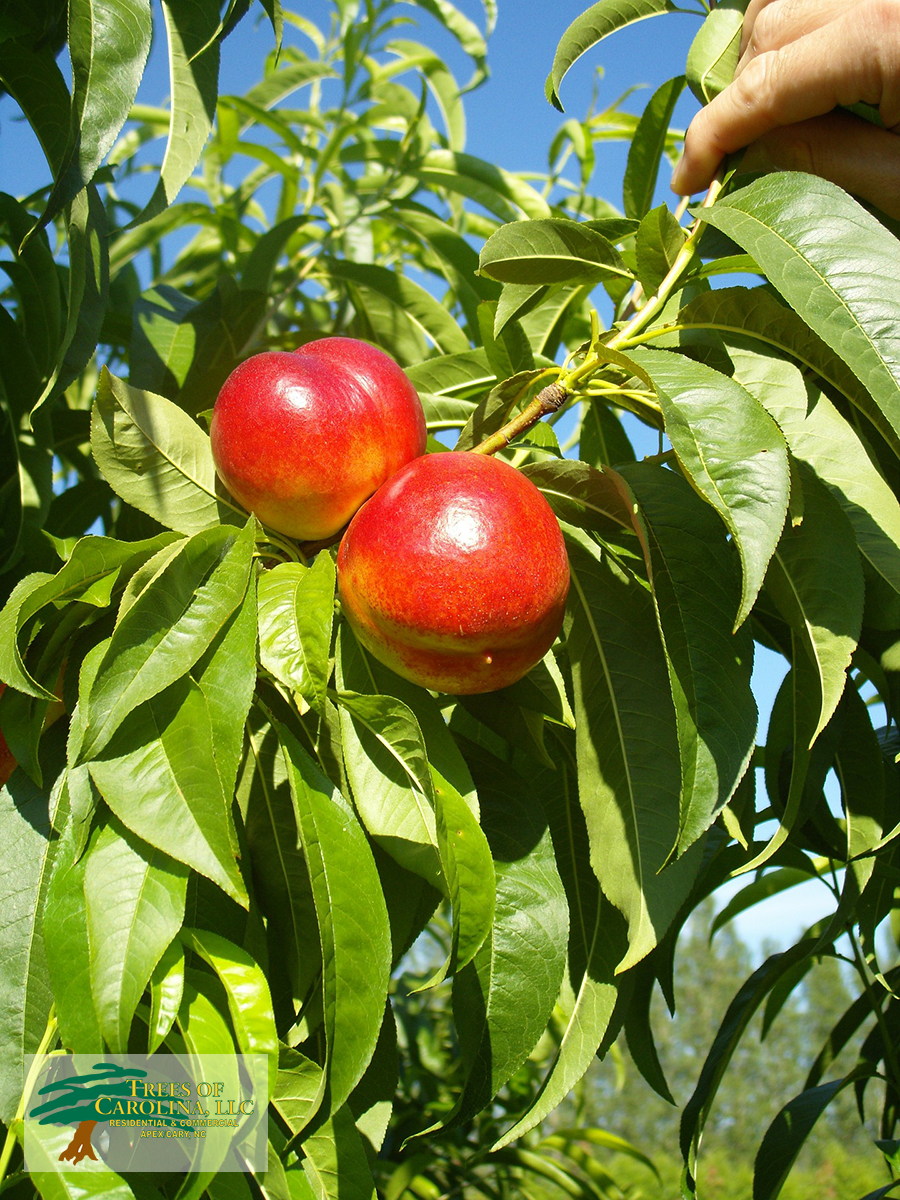







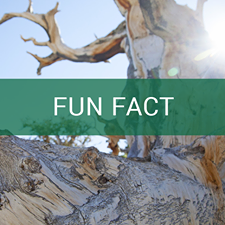
 0
0
 0
0
